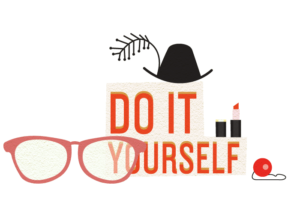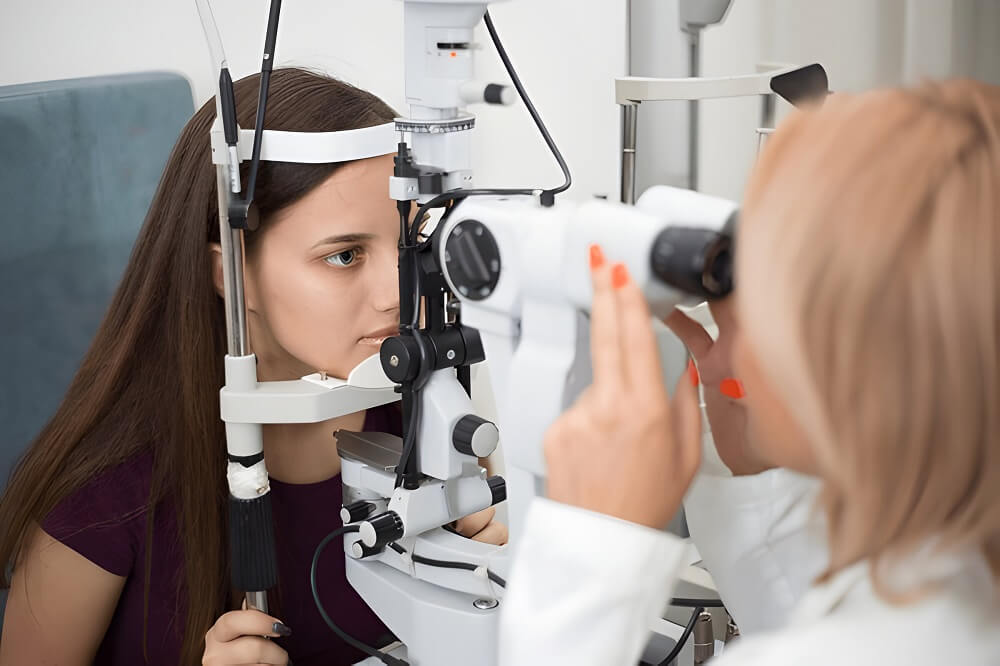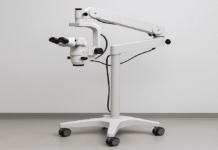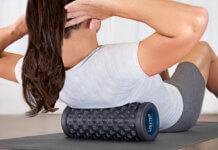What is Tonometry?
Tonometry is a diagnostic test used to measure the intraocular pressure (IOP) within your eyes. This measurement helps your doctor determine if you may be at risk for glaucoma.
Glaucoma is a serious eye condition that can lead to vision loss if not treated. It often occurs when the fluid that normally nourishes the eye drains too slowly, causing increased pressure.
Without treatment, this pressure can damage the optic nerve, leading to vision loss. According to the American Academy of Ophthalmology (AAO), glaucoma is one of the leading causes of blindness in adults over 60.
Glaucoma often progresses without symptoms, making early detection crucial. Tonometry tests are essential for identifying changes in eye pressure early on.
If your tonometry results are abnormal, your doctor will likely recommend further tests to confirm a glaucoma diagnosis.
Types of Tonometry Tests
The most common type of tonometry test is the Goldmann applanation tonometry test, considered the gold standard for measuring eye pressure. It uses a flat-tipped probe that gently presses against the eye’s surface.
Other methods include non-contact tonometry, the Tono-Pen, and the iCare tonometer. Non contact tonometry uses a puff of air to flatten the cornea and measure pressure, while the Tono-Pen and iCare tonometer are handheld devices that gently touch the eye.
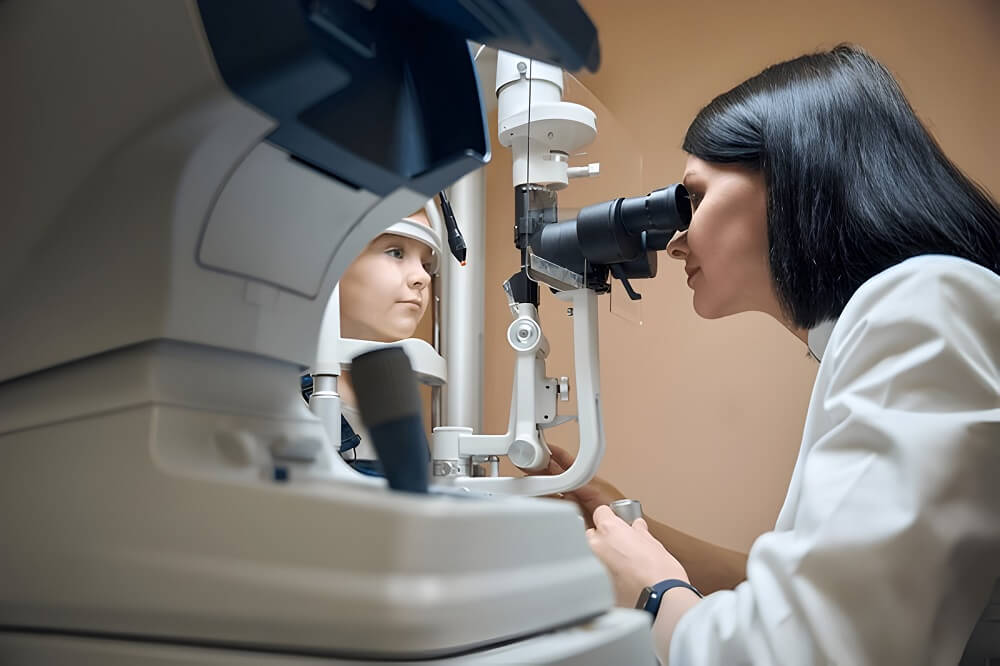
Who Should Get a Tonometry Test?
Your eye doctor may recommend a tonometry test if they suspect you are at risk for glaucoma. This risk is higher if you:
- Are over 40 years old
- Are Black, Hispanic, or Asian
- Have a family history of glaucoma
- Are nearsighted or farsighted
- Have other chronic eye conditions
- Have had an eye injury
- Have diabetes
- Have high blood pressure
- Have poor blood circulation
- Have used corticosteroid medications for prolonged periods
Symptoms such as gradual loss of peripheral vision, tunnel vision, severe eye pain, blurred vision, halos around lights, or redness in the eyes may also prompt your doctor to test your eye pressure.
What to Expect During a Tonometry Test
For the Goldmann applanation tonometry test, your eye doctor will first numb your eyes with drops. They may also use a strip of paper with orange dye to help improve the test’s accuracy.
You’ll rest your chin and forehead on a machine called a “slit-lamp,” and the doctor will move the lamp until the tonometer probe touches your cornea. The tonometer measures your eye pressure by flattening your cornea slightly. The procedure is painless due to the numbing drops.
Tonometry is a safe procedure, though there is a small risk of scratching the cornea, which typically heals on its own.
Understanding Test Results
A normal result indicates that your eye pressure is within the standard range, usually 12 to 22 mm Hg (millimeters of mercury). A pressure reading above 20 mm Hg may indicate glaucoma or pre-glaucoma, and further testing will be needed to confirm the diagnosis.
If diagnosed with glaucoma or pre-glaucoma, your doctor will discuss treatment options with you.
Which machine is used to measure the Tonometry Test?
The machine commonly used to measure intraocular pressure during a tonometry test is called a tonometer. There are several types of tonometers, including:
- Goldmann Applanation Tonometer: Often considered the gold standard, this device uses a flat-tipped probe to measure eye pressure by gently flattening a small part of the cornea. It is usually attached to a slit-lamp, a specialized microscope used in eye exams.
- Non-Contact Tonometer (NCT): Non Contact Tonometer known as the “air-puff” tonometer, this device measures eye pressure by sending a quick puff of air onto the cornea and detecting how much the cornea flattens.
- Tono-Pen: A handheld device shaped like a pen, the Tono-Pen touches the cornea directly to measure pressure.
- iCare Tonometer: Another handheld device, the iCare tonometer uses a small, disposable probe to tap the cornea gently and measure the pressure.
Each of these tonometers has its specific use cases and advantages, with the Goldmann Applanation Tonometer being widely regarded as the most accurate for clinical use.
